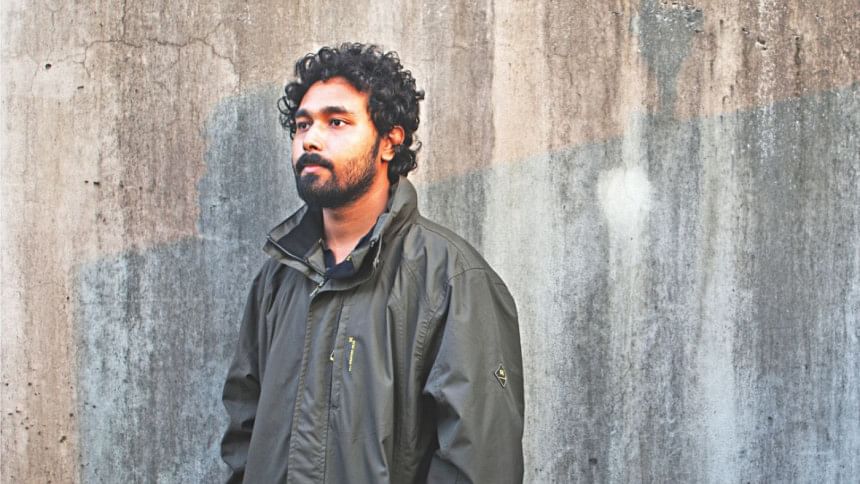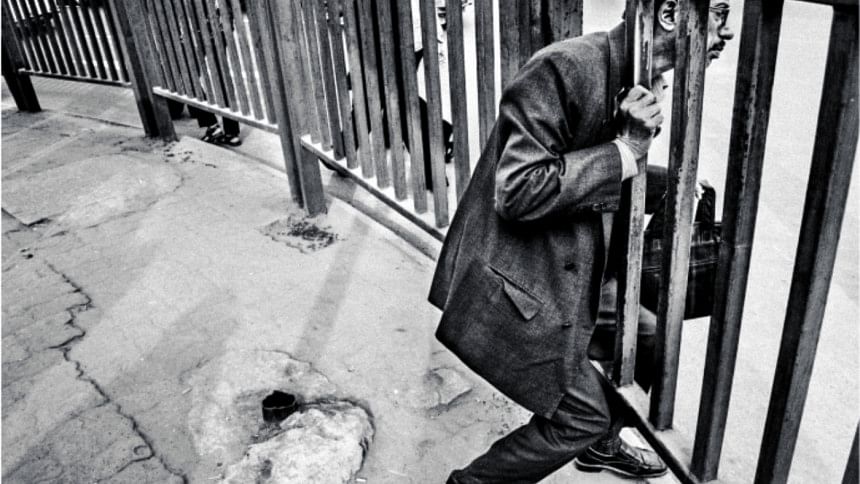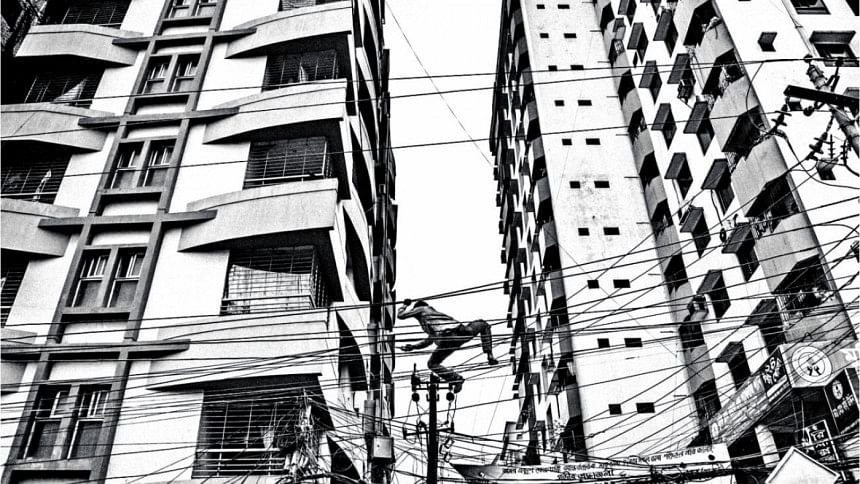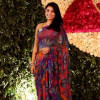Between A Man and His Camera

Photos: Rahul Talukder
25-year-old documentary photographer, Rahul Talukder, first started using the camera on his cell phone. "That was around 2007-2008. I just liked taking photos, but I never thought of it as a profession. First I used my cell phone, then one of those handy-cams with an 8 mega byte card! You know those really old ones?" laughs a down-to-Earth photography protégé.
After realising that his passion for taking photos is greater than what he initially thought, in 2009 he bought himself a DSLR- a D3000. With that DSLR as his weapon of choice, there was no stopping Rahul. "During that time I was still a student of North South University." While there, he even won himself an award when a part of the NSU Photography Club.
In 2011, Rahul joined Pathshala South Asian Media Institute to learn more of the art. Since then, he has been documenting the political unrest and major national events. "I learned so much there. Great lecturers, useful assignments, more experience- Pathshala had and gave it all.

Even though he went on a break for a while, Rahul never stopped learning for himself. Photo series, exhibitions, and everything else to do with photos not only caught his eye but taught him something. "All the big names are from there and also teach there. So not only was I inspired by the likes of Munem Wasif, Abir Abdullah, I also had the opportunity to learn first hand from them."
In 2013, when the Shahbag movement took place to protest against the accused of The International Crimes Tribunal, Rahul was there ready with his camera. He covered the Hefazat-E-Islam strikes, he covered the political clashes, he sat outside a party's office for hours for good photos-- Rahul's dedication as a freelance photographer, from then on, knew no bounds.
On April 24, 2013, it was hartal. Rahul went about the day minding his own business, until he came back home. "I switched the television on and was absolutely horrified. The Rana Plaza had collapsed. I ran out with my camera."
With no intentions of being a journalist, there was still something inside Rahul that urged him to document this tragedy, to tell this story through the most powerful means of communication- images.
"I couldn't take photos the whole time I was there. I had to get myself to do it. It was quite a traumatic experience, being there, listening to the rescuers scream 'Ekhane keu achhe? (Is anyone here?)' and getting echoes of death in return. I can't even really describe what being there was like. It would sound like I'm making it up."
Rahul, with his incredible photos, went on to win many national and international awards.
In 2012, he was awarded first prize in the Celebrating Life Photography competition, hosted by The Daily Star. In 2014, he won World Press Photo Award in the Spot News story category. He has been awarded as the highly commended in Ian Parry Scholarship 2014 and selected as a Finalist in Sony World Photography Awards – Student Focus 2014. He is also one of the winners of 4th Lumix Foto Festival - Freelens Award. His works have appeared in Wall Street Journal, The Guardian, Sunday Times and many others international media.

Rahul's inspiration lie in the works of many renowned photographers, but one that he admires most is Martin Parr. "The reason I love his work is that he follows no genre. I don't understand why there has to be this division. I don't work for any specific genre either. It also takes a long time to even realise what you specialise in, and then fix your hands for that only. Anything and everything is my genre as long as I can take a good photograph of it. It all depends on my intimacy with the subject."
Rahul has no plans for the future. He goes with the flow and does what the flow brings him to do. "I have no particular agenda. I want to finish my project Epic Dhaka. Then whatever else comes my way. Making plans gets in my way."
Rahul, already a sensational photographer is on his way to becoming a sensation himself at home and abroad. To new aspiring photographers, he says, "See, people think it's great to be out of the box. But from my experience, I would have to say that clichéd topics give you the best photographs! I myself use very classical techniques and aesthetics. I don't like following trends and take what I like taking. You should too. And take lots of walks, and during those walks, take lots of photographs."


 For all latest news, follow The Daily Star's Google News channel.
For all latest news, follow The Daily Star's Google News channel. 



Comments